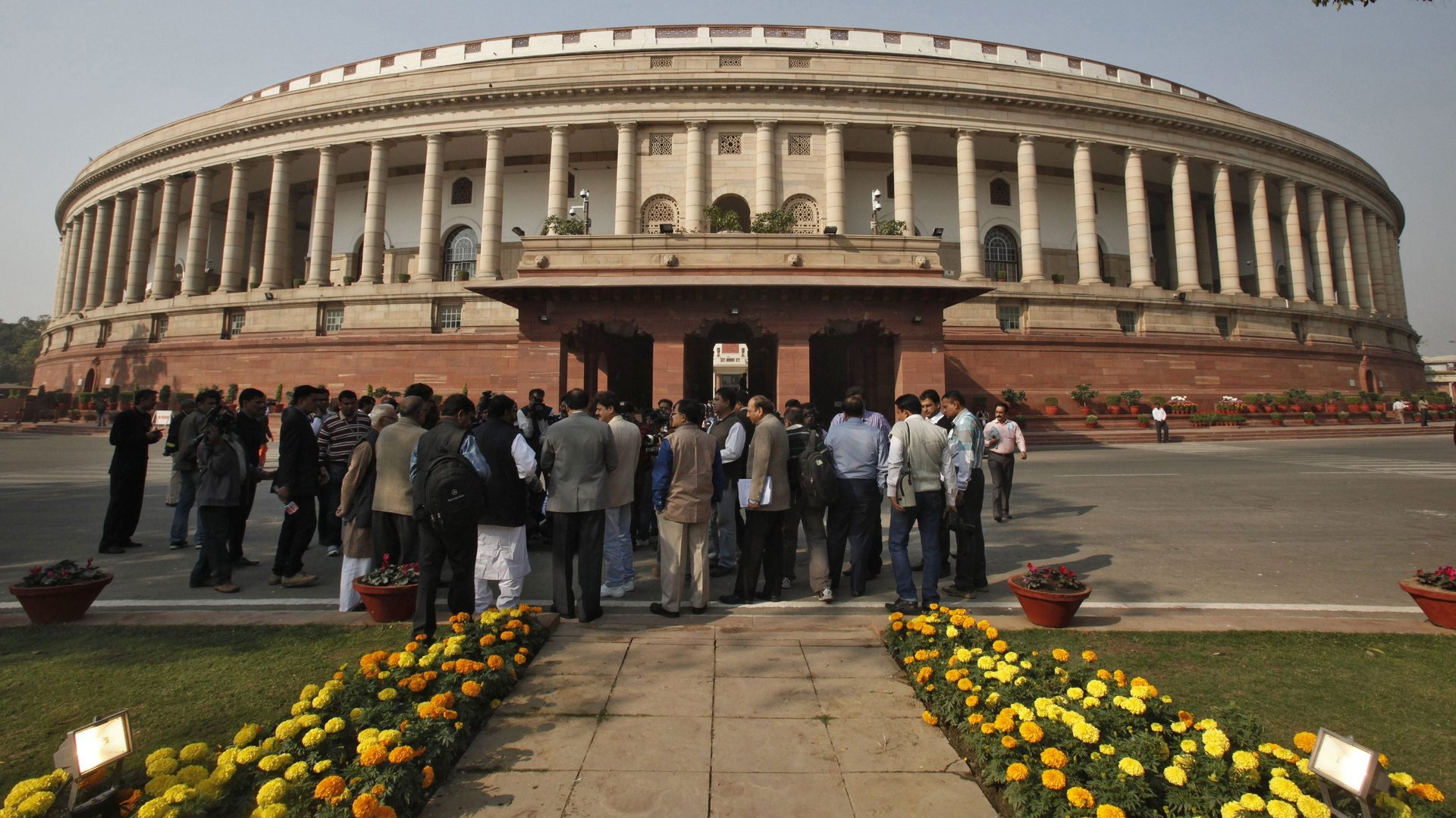Why north Indian states like Rajasthan, UP, and Bihar are underrepresented in parliament
A nearly 50-year-old rule is skewing political representation in India.


A nearly 50-year-old rule is skewing political representation in India.
Under the Indian constitution, the number of members of the Lok Sabha, or the lower house of Parliament, has been fixed at 543 according to the 1971 census.
The rule, introduced in the 42nd amendment to the constitution in 1976—during the “Emergency” period when the Indira Gandhi government was promoting population control and family planning—was meant to last until the early 2000s.
However, the National Democratic Alliance (NDA) government in 2001 froze any readjustment to the seats until 2026, to encourage state governments to continue working towards population stabilisation. This meant that any changes could now occur only post the 2031 census.
Although it has allowed states with lower birth rates to protect their political say at the centre, others with higher fertility rates and the resultant higher population growth, are severely underrepresented.
For instance, for almost two decades now, Karnataka’s population has been lagging Rajasthan’s and the gap has been widening. Yet, the south Indian state has 28 members in the Lok Sabha while the northern one has 25.
When the rule was locked in, it was decided that 543 MPs will represent the country’s 548 million people, implying a ratio of one million people per MP. By 2011, an average MP in India represented 2.2 million people. In comparison, “65 million people in the United Kingdom elect 650 MPs to the House of Commons, implying a representation ratio of 0.1 million population per MP,” a 2015 Kotak report noted.
Of course, there’s a caveat: if the number of seats is tampered with, then the states performing better on the population control parameter will feel punished for doing well.
Still, with changing populations and a fixed number of seats, MPs in certain states are representing an ever larger number of people. Rajasthan, for instance, had over three million people per MP by 2018.
Read Quartz’s coverage of the 2019 Indian general election here.